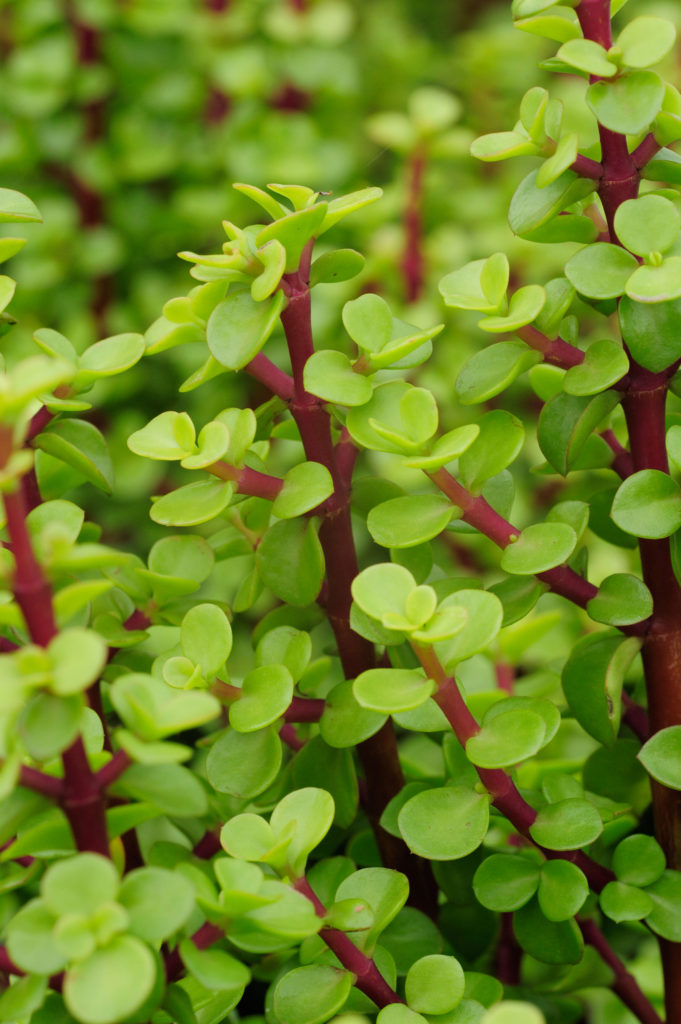If you have a spot that needs greening, a tree planted in an attractive pot is the answer. Tree architect Barry Gush recommends these indigenous species
Although not often considered container subjects, trees, when planted in pots, can be used to soften and green areas such as balconies, patios and courtyards where there’s no soil to plant in.
YOU MIGHT LIKE: Growing roses in containers
Use them to frame a doorway, provide a little shade and even as screening. They can also help to minimise the effect of high boundary walls.
For the tree to grow well, it must have a large container (with drainage holes) that can comfortably accommodate the root system. It should also be sturdy so that it won’t blow over in the wind; ceramic and terracotta pots are ideal.
If the container is light, weight it with bricks before planting. Always place it in the desired position first, as once planted it will be difficult to move.
Mimusops Zeyheri (Transvaal Red Milkwood)
One of the most appealing facets of this tree is its ability to attract butterflies and birds. Indigenous to the northern parts of South Africa, it’s also known for its pretty fruit high in Vitamin C.
Evergreen with dark, glossy foliage, it has a spreading, neat crown and can take partial shade on a patio. Small, sweetly scented white flowers are borne in October to February followed by oval fruits which ripen to a bright yellow orange and are favoured by birds. A compact root system and its ability to withstand drought and frost, make it suitable for containers.
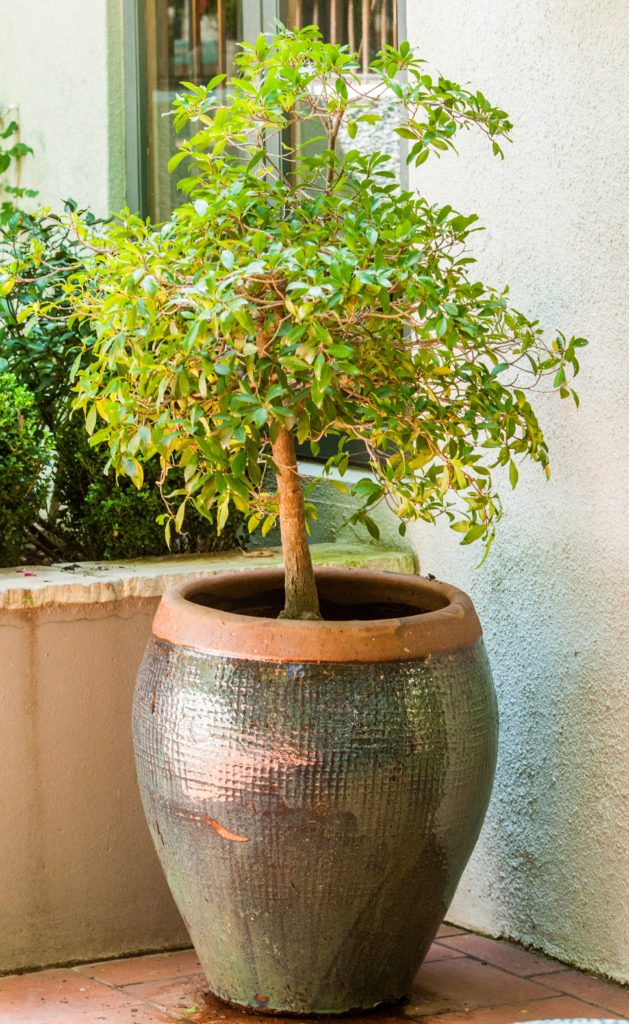
Buxus Macowanii (Cape Box Tree)
The Cape box is a slow-growing evergreen tree that can reach a height of 9m. With its compact shape and small shiny, leathery leaves, it lends itself to container planting, but also makes an excellent hedging specimen.
The stem is straight and slender with grooved greenish-brown bark. Small, green flowers appear in winter and spring and the fruit that follows looks like hard, brown capsules. Easy to cultivate, the tree tolerates drought well, but flourishes if fed and watered regularly.
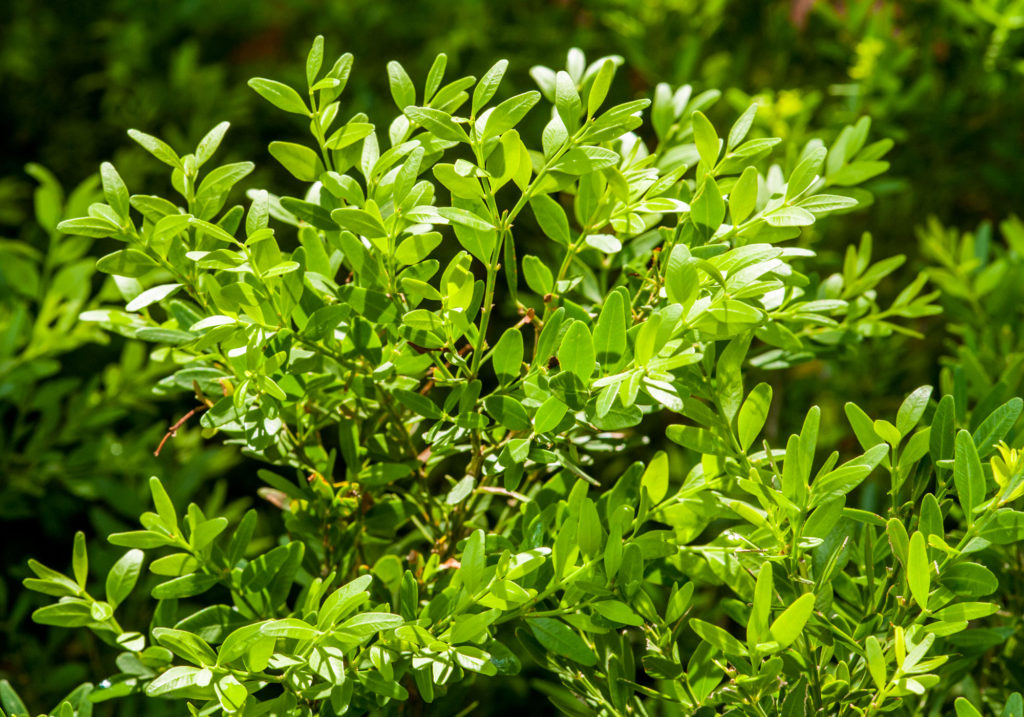
Warburgia Salutaris (Pepper-Bark Tree)
Slender, with an erect crown, the pepper-bark has wonderful screening characteristics. Evergreen, it has dark green, glossy leaves that are paler green underneath. They are fragrant, but have a bitter taste. Small, greenish-white flowers appear during autumn and fruiting takes place from October to January.
It’s well known for its medicinal properties and as a result has become over-harvested in the wild. By planting this tree, you can contribute towards its conservation.
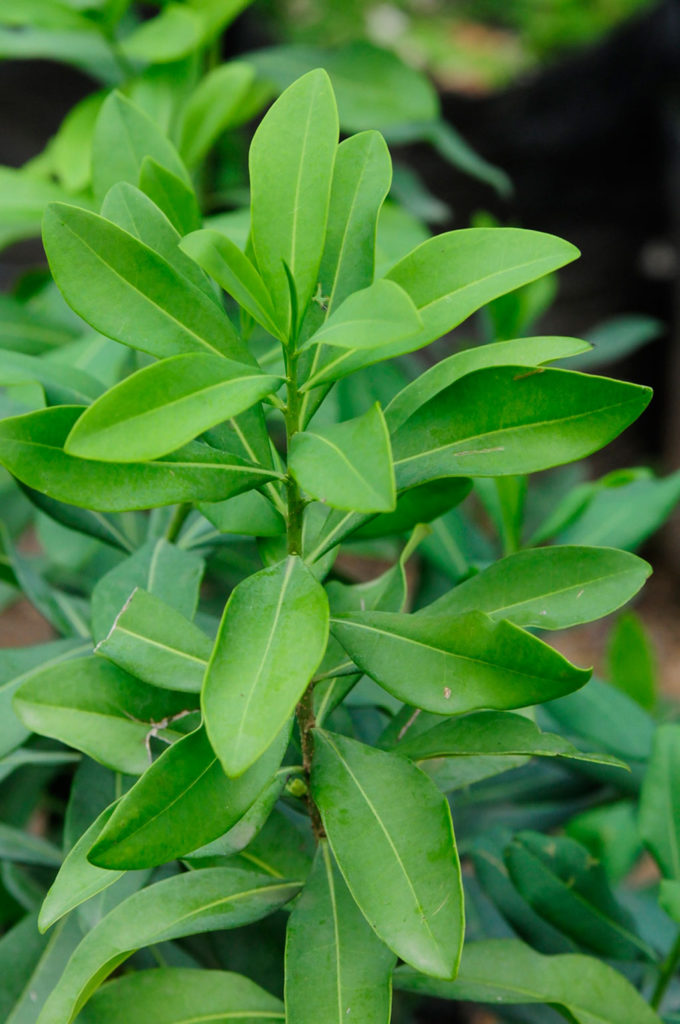
Diospyros Whyteana (Bladder Nut)
An ornamental tree with dark green leaves and an attractive dense crown, the evergreen bladder nut is ideal for shady areas in a courtyard. Fairly fast growing, it can reach a height of 3–5m and is drought and cold hardy.
It attracts insects and birds and sweet-scented white blooms are produced from August to November. These are followed by fruit (similar to a cape gooseberry) that contain seeds which turn bright red when ripe, and dry to reddish brown on the tree. The tree can be shaped by pruning and does well in a shaded position.
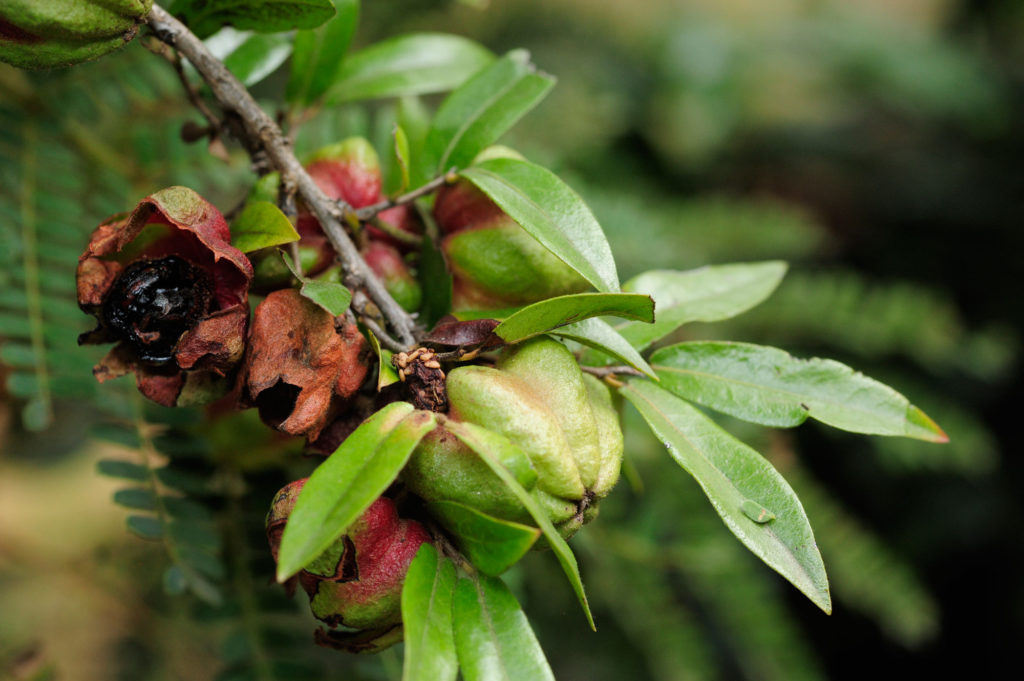
Gardenia Thunbergia (Wild Gardenia)
The wild gardenia with its heavily perfumed flowers, decorative fruit and pale bark adds year-round interest to the patio. Light-green veined leaves show off the large, white flowers which bloom profusely from October to March. Hard, greyish-green, egg-shaped fruit can remain on the tree for years.
Endemic to the southern and eastern regions of South Africa, G. thunbergia is a slow grower and can be kept in proportion to the size of its container with pruning. Happy in a sunny or shady position, the tree grows to a height of 3–4m. The scent of the flowers is wonderful in summer.
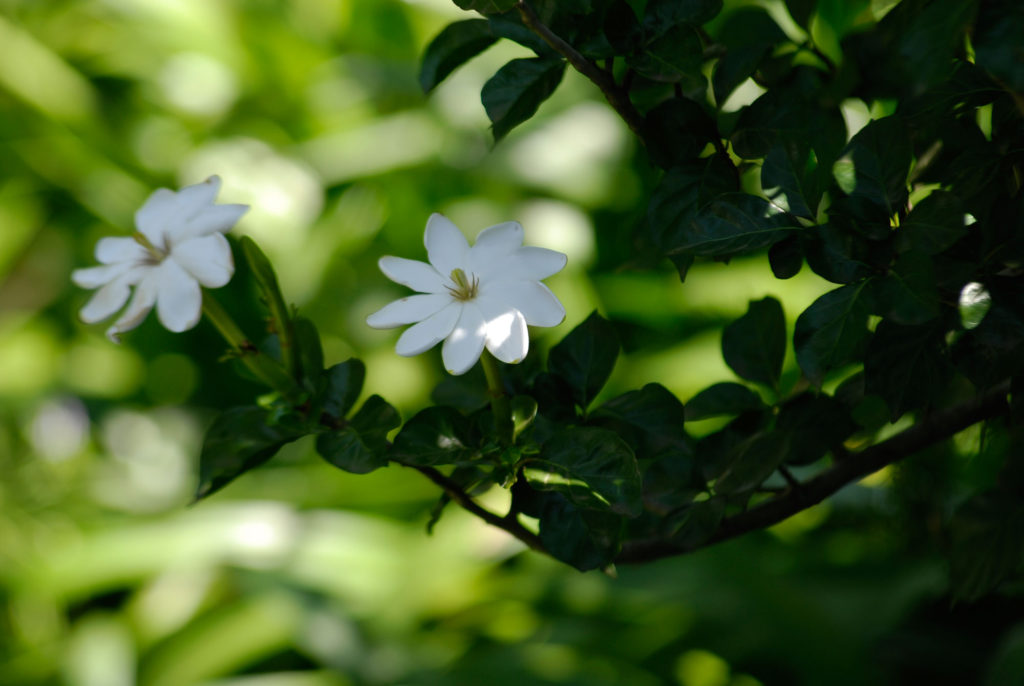
Portulacaria Afra (Spekboom)
Indigenous spekboom, also known as elephants food, is a popular container plant. A succulent, it is densely branched and has small, waxy leaves with a delicate green colour that contrasts beautifully with its reddish-brown branches.
Evergreen, water wise and easy to grow, it has a compact shape and small root system. Tiny, star-shaped pink flowers can appear from late winter to spring. A true ‘green’ tree, it acts as a carbon sponge, removing carbon dioxide from the atmosphere. It can reach up to 1,5–2m high.
